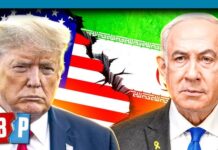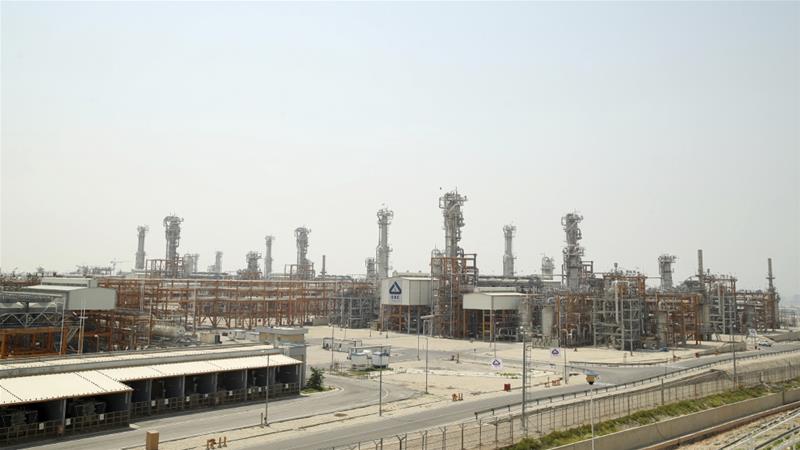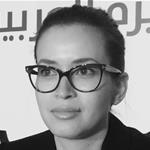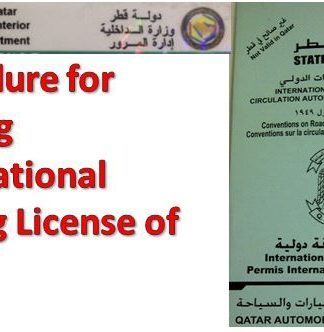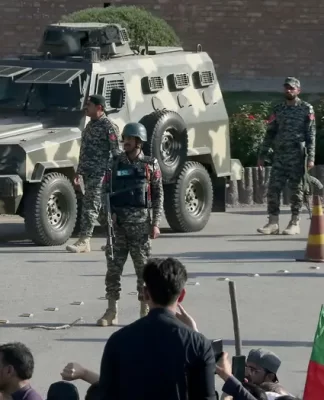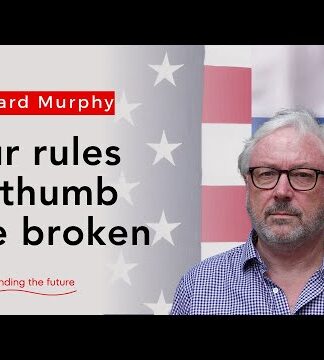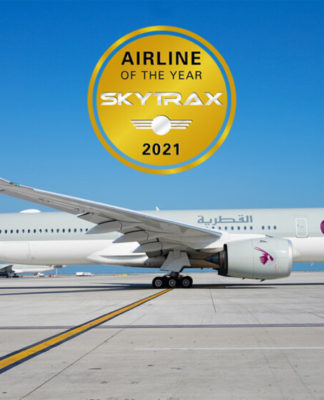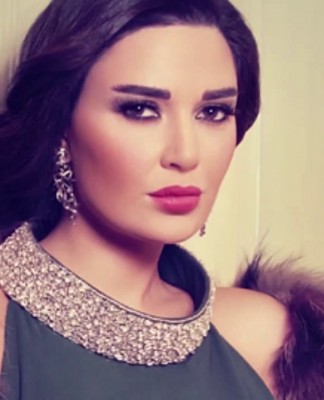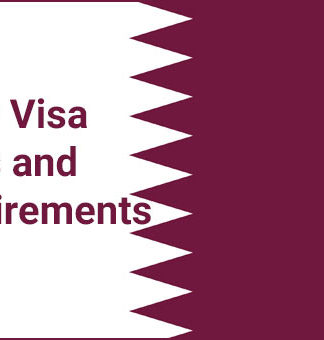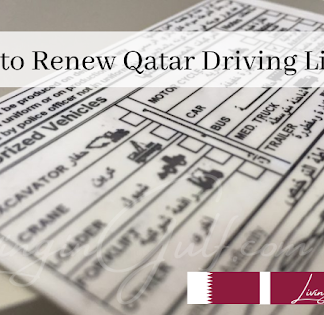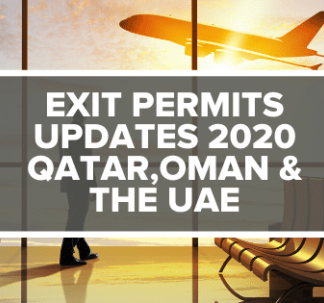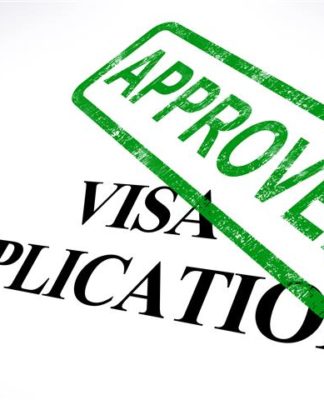![The energy factor in the GCC crisis Although Iran's economy is more diverse, petroleum still accounts for 80 percent of its exports, writes Kurdli [AP]](http://www.aljazeera.com/mritems/imagecache/mbdxxlarge/mritems/Images/2017/7/23/95f3092238424b64af65ce37e4daba22_18.jpg)
As top diplomats from various countries flock to the Gulf in an attempt to solve the GCC rift, major energy companies continue to vie for competitive projects in the oil and gas fields in the region. The latest of these projects is the development of the South Pars/North Field, the world’s largest natural gas field, which is owned by both Iran and Qatar. This field plays a central yet often underrated role in the development of foreign and national policies in both Qatar and Iran. In light of this, any attempt for isolation or pressure on either country to alter select policies is futile insofar as it disregards this fact.
As several experts have previously noted, the tension arose briefly after the Riyadh Summit, when US President Donald Trumpassured Saudi Arabia of his commitment to the region in the face of the “Iranian threat”. The US’ hope of forging an impenetrable GCC shield against Iran fails to appreciate the centrality of the energy question and exhibits a narrow sightedness based on the pursuit of self-interest. It is, therefore, predestined to fail.
Similarly, the ensuing Saudi-led blockade against Qatar is destined to eventually subside and give way to normalised relations in spite of the current tension. As a sign, perhaps, that energy trumps political antagonism, it is noteworthy that shortly after the rift, Qatar announced it would not disrupt liquefied natural gas (LNG) exports to the United Arab Emirates (UAE), which runs through the Dolphin pipeline.
The UAE receives about two billion cubic feet on a daily basis from Qatar. Egypt, similarly, will continue receiving Qatari LNG shipments which it secured till the end of 2017. Qatar’s LNG ships continue to make their way unhindered to Asia through the Hormuz Strait and to Europe through the Suez Canal.
Qatar and the LNG ‘lifeline’
On the Qatari side of the field, its discovery in 1971, which coincided with the state’s year of independence, has been crucial for state building and sovereignty recognition. It is no wonder, then, that in addition to being the single most important contributor to the country’s GDP, natural gas has also indirectly driven many foreign policy choices for the small state even where monetary returns are not directly involved. This includes foreign aid, mediation and education initiatives, to name but a few.
READ MORE: Energy market vulnerable to prolonged Gulf crisis
Qatar’s strategy towards its neighbours up until the early 1990s was hinged primarily on security provision and following Saudi Arabia’s lead in terms of foreign policy. Concrete changes started in the early 1990s in Qatar’s relations with other countries in the region, including improved relations with Iran and stronger ties with the United States at the expense of relations with Saudi Arabia, which took a blow following border and gas sale disputes. The fact that Qatar shares the largest non-associated natural gas field with Iran has influenced its relation with the latter since the 1980s. In order to maintain cordial relations aimed at stabilising natural gas supplies, Qatar has always adopted a more sensitive diplomatic approach to Iran.
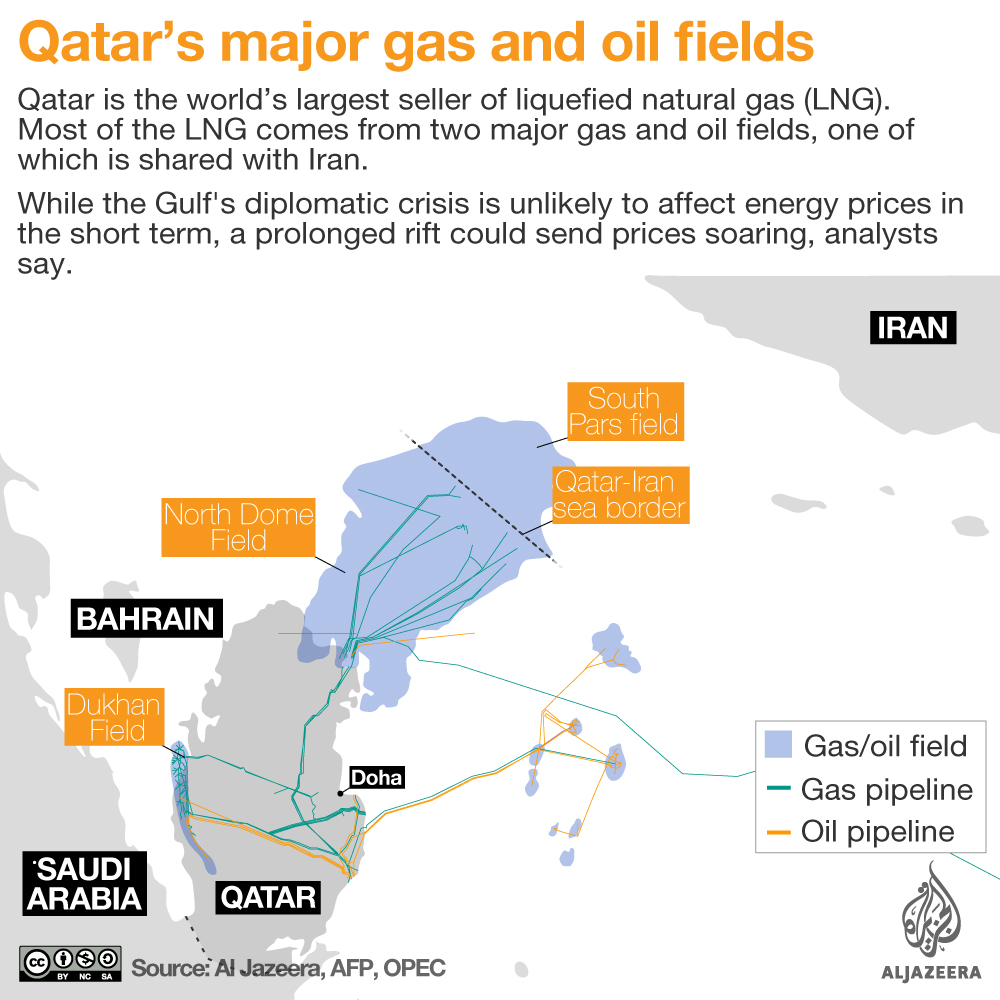 |
In 1996, Qatar sought to export its natural gas to neighbouring GCC countries. However, the project faced numerous obstacles pertaining to pricing, transit rights and border disputes. This cemented the view that Qatar should look beyond its neighbourhood for export markets, especially as prices were more lucrative on the international market. As a result, the sale of natural gas to key international players such as the UK, China, India and Japan has inexorably linked customers’ energy security to the stability of Qatar.
Moreover, Qatar’s energy policy is closely linked to its investment policy as the national sovereign wealth fund, the Qatar Investment Authority (QIA), recycles oil and gas revenue by investing heavily in Europe and North America. Therefore, the sale of natural gas is both a means to, and objective of, Qatar’s international relations.
The importance of gas in Iranian politics
The northern side of the gas field belonging to Iran was discovered in 1990, but gas production was delayed until the early 2000s because of a combination of geological and political problems. Although Iran’s economy is more diverse, petroleum still accounts for 80 percent of its exports. The oil and gas resources are also crucial for powering an ambitious industrial sector, as well as providing electricity and heating needs for a population estimated at around 80 million.
However, a number of challenges face the energy sector. Oil and gas production and export have been hampered by sanctions dating as far back as 1979. Additionally, the country has been cut off from global technological advances usually brought in by multinational companies and corruption and bureaucracy plague the system. The energy sector is in dire need of foreign investment that would revamp its infrastructure and increase oil and gas production efficiency.
| The centrality of the energy question for both Iran and Qatar means that both countries will continue to put forward policies that favour the development of said resources even if it places them at odds with regional and global players. |
This year Total signed a 20-year contract with the National Iranian Oil Company using to develop phase 11 of South Pars.
The agreement benefits Iran in a number of ways as it creates jobs, brings in financing as well as technological know-how, and, perhaps most significantly, it ushers the way for other major companies to invest in Iran.
Political internal affairs in Iran are less stable compared with Qatar as conservative and moderate forces are involved in a tug of war over influence and popular approval. Although the current president, Hassan Rouhani, won a landslide victory for a second term, he lacks the full-hearted support of the country’s conservative establishment led by the Supreme Leader Ali Khamenei.
Therefore, for Iran, the development and production of natural gas not only satisfies growing national energy needs but also helps the current administration to maintain political support and fulfil ambitious economic promises which include overall growth through job creation and foreign investment attraction. It also helps prove that the Nuclear Agreement of 2015 engineered by the Rouhani administration is starting to bear fruit.
The geopolitics of natural gas
Both being aware of the growing significance of the shared field, Iran and Qatar recently announced further development plans. Following the signing of its deal with Total, Iran announced that its production capacity could exceed Qatar’s – although most of it would go to satisfy domestic needs.
A few months after signing the agreement, the self-imposed moratorium on further development of the North Field was lifted in April 2017. Although officials deny that these events are linked, it is necessary for Qatar to increase production to maintain market share in an increasingly competitive market.
The LNG market is becoming a more integrated global market in which prices are set by market factors, rather than geopolitical interests. The change was ushered in by the emergence of new players – as well as the increase in global supply, which ensures that LNG’s price and quantity are not controlled by a monopoly. In addition to increased production by Iran, Australia is expected to become a top gas exporter, the US entered the export market, and Russia is ambitious to take the first place held by Qatar.
Under these new conditions, Qatar is likely to seek more than ever to maintain leadership of the market and will, therefore, continue to foster relations that support energy development, even if it comes at the expense of regional relations.
The centrality of the energy question for both Iran and Qatar means that both countries will continue to put forward policies that favour the development of said resources, even if it places them at odds with regional and global players. Therefore, any such attempts to isolate either country would not only be in vain, but also threaten the stability of a fragile region and endanger international energy security.
Susan Kurdli works as a researcher and an energy analyst. Her research interests include geopolitics of energy and Gulf political economy.
The views expressed in this article are the author’s own and do not necessarily reflect Al Jazeera’s editorial policy.







 ‘SELL AMERICA’ PANIC: World is Quickly Ditching US Assets as…
‘SELL AMERICA’ PANIC: World is Quickly Ditching US Assets as…
